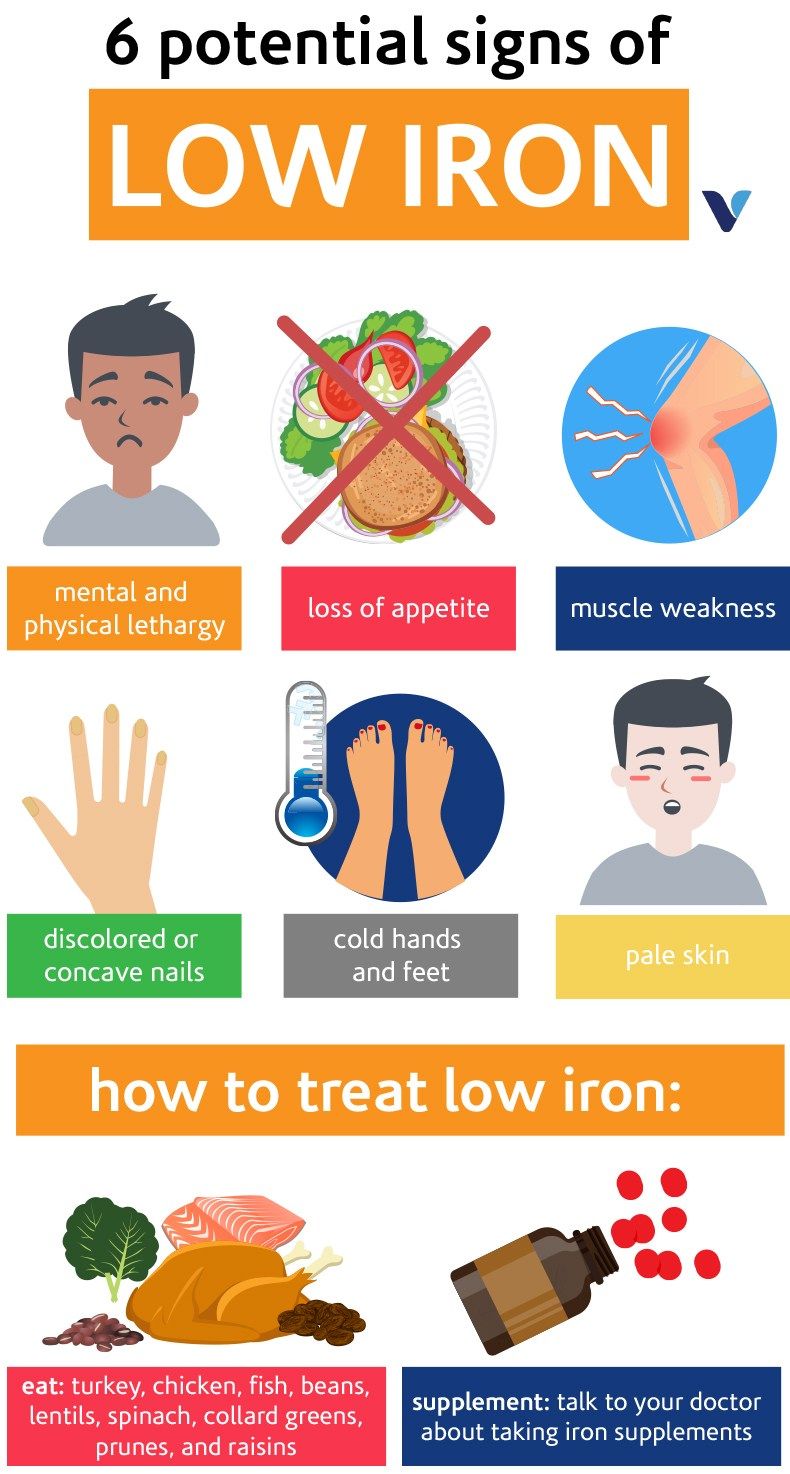Low fiber, magnesium, and iron levels can have a negative impact on our overall health and wellbeing. It is important to ensure that we are getting enough of these essential nutrients to support our bodies in functioning optimally.
In this article, we will discuss two quick fixes for low fiber, magnesium, and iron levels that can be easily incorporated into your daily routine.
1. Increase your intake of Fiber-rich Foods:
Fiber is an essential nutrient that supports healthy digestion and can help prevent constipation. It also plays a role in maintaining healthy cholesterol levels and can help regulate blood sugar levels. To increase your fiber intake, consider adding more fruits, vegetables, whole grains, legumes, nuts, and seeds to your diet.
Some fiber-rich foods include apples, berries, broccoli, beans, quinoa, and chia seeds. Aim to include a variety of these foods in your meals and snacks throughout the day to ensure you are getting an adequate amount of fiber.
2. Incorporate Magnesium-rich Foods:
Magnesium is a mineral that plays a key role in over 300 biochemical reactions in the body, including muscle and nerve function, energy production, and bone strength. It is important to ensure you are getting enough magnesium to support these essential functions.

Some magnesium-rich foods include leafy green vegetables, nuts, seeds, whole grains, and legumes. Incorporating these foods into your diet can help increase your magnesium intake and support overall health. You may also consider taking a magnesium supplement if you are not getting enough from food sources alone.
3. Include Iron-rich Foods:
Iron is an essential mineral that plays a key role in the production of red blood cells and oxygen transport in the body. Low iron levels can lead to fatigue, weakness, and anemia. To increase your iron intake, consider including more iron-rich foods in your diet such as lean meats, poultry, fish, beans, lentils, tofu, and fortified cereals.
Pairing iron-rich foods with vitamin C-rich foods can help enhance iron absorption. For example, you could have a spinach salad with strawberries or a glass of orange juice alongside your iron-rich meal.
Conclusion:
Low fiber, magnesium, and iron levels can have a negative impact on our health and wellbeing. By incorporating fiber-rich foods, magnesium-rich foods, and iron-rich foods into your diet, you can help support your body in functioning optimally.
It is important to aim for a balanced diet that includes a variety of nutrient-dense foods to ensure you are meeting your daily requirements for fiber, magnesium, and iron.
If you are struggling to get enough of these essential nutrients from food sources alone, consider speaking with a healthcare provider or a registered dietitian for personalized recommendations and guidance.

